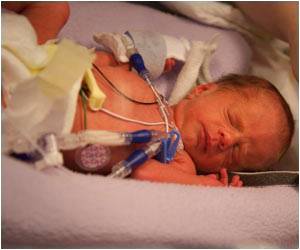
They examined information to look at the effects of different types of infertility treatments on pregnancy terms and children’s birth weight.
Around 5% of infants were conceived using MAR, with fertility-enhancing drugs used by 60%, assisted reproduction (including IVF) by 26%, and artificial insemination by 14%.
The study found that children who were conceived through MAR were 10% more likely to be born premature and had 9% greater odds of being born small than naturally conceived infants.
More invasive treatments – such as assisted reproduction and artificial insemination – were more strongly associated with adverse birth outcomes, whereas infants conceived using fertility-enhancing drugs were more similar to those who were naturally conceived.
“This study was possible because of the Utah Population Database and the secure access it provides to anonymized data. This has allowed us to study births throughout the state to understand possible effects on newborns associated with mothers who conceived naturally or through medically assisted methods,” said co-author Ken Smith, Ph.D., distinguished professor of Family Studies and Population Science at the University of Utah.
Researchers then considered mothers’ health, parents’ socioeconomic background, and infants’ birth characteristics, the differences in adverse birth outcomes were significantly reduced for all types of treatments.
READ RELATED: Baz Bamigboye: Bel Powley is ringing in the changes for a bite of the Big Apple
Then they focused on a subgroup of mothers who had given birth to both MAR and naturally conceived children over the eight years.
After accounting for the mother’s age at birth, pre-pregnancy BMI, and infants’ birth characteristics, the differences in pregnancy term and children’s birth weight between siblings disappeared.
They also found limited evidence of the effects of medically assisted reproduction treatments on pregnancy term and birth weight through comparing siblings’ birth outcomes, which is in line with existing studies from the Nordic countries.
Obtaining similar results in highly diverse contexts in terms of demographics, fertility rates, and access to medically assisted reproduction treatments, strengthens the argument that adverse birth outcomes among medically assisted reproduction conceived infants are unlikely to be driven by the reproductive technology itself.
Source: Medindia
Source:








